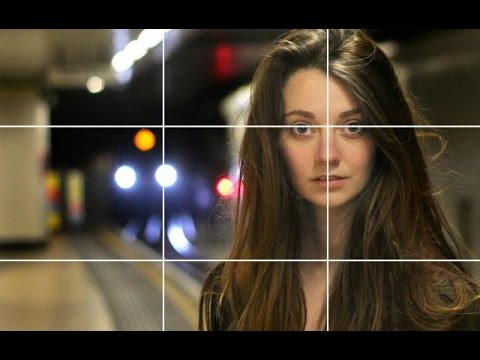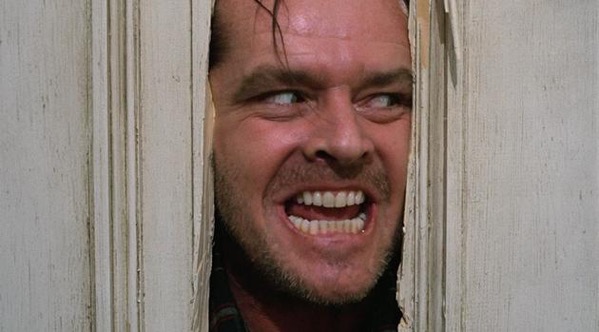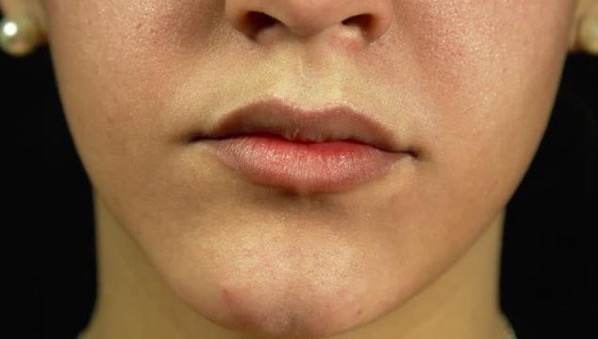Composition is how you choose to frame the video you’re about to
capture; and composition is just as important for video as it is for
still photography.
Some General Guidelines
Move the camera in and out. Getting a variety of shots and angles is a good thing!
But, don’t move the camera too far around your subject. If it
looks like your subjects are constantly changing the way they loo or
face, it can confuse the viewer.
Focus on the details! Capture the little things. Its your job to notice the little things and show them to your audience!
Don’t keep the camera at the same height, move it up and down!
Rule of Thirds
One of the most basic composition rules is the Rule of Thirds. When you
look through at your subjects, using Live View on the LCD screen,
imagine a tic-tac-toe grid over the scene. Notice where these lines
intersect. The rule of thirds suggests that these intersection points
are the ideal places to position your subject. Doing so will generally
result in a pleasant and balanced composition. Try moving your camera so
your subject appears where two of the lines meet. The subject doesn’t
have to be directly on the intersection but somewhere close to it. Try a
couple of different compositions to find the one you like best.



Establishing Shots, Medium Shots, Close-up Shots
When shooting video, you want to vary the types of shots for a more
interesting feel. There are three types of shots that you’ll always see
in videos and movies from big Hollywood productions to commercials and
even wedding or occasion videos.
The Establishing shots are the wide shots. It allows the viewer to take in the entire scene and as an establishing shot is often the first shot in a scene.
Medium Shots can be of a subject (full length or cropped); or a medium shot can be a tighter shot of a scene, that doesn’t include all of the surroundings that a wide or establishing shot.
Close-up shots are tightly cropped shots showing fine detail. Close-up shots can be of a person’s face, an action occurring that is important to the storyline of your movie or simply a tightly cropped shot that shows details of an object.





Where to Crop or Frame a Shot of a Person
Similarly to still photography, you want to make sure when deciding
where to crop for shots that show people, that you do it in a way that
will make the final footage look pleasing to the eye. Cropping at major
joints should be avoided.
For example, If you’re showing a person full length, you don’t want to accidentally crop them at the ankles. Likewise, for a medium shot, don’t crop a person at the knees. Frame your shot just above your subject’s knees. Lets go for a little bit tighter of a shot now, but don’t crop your subject at the wrist, as the viewer will be left wondering where their hands are. Lastly, when framing a tight close-up of a person, you can actually get away with cropping part of their head, so long as their eyes fall on the top line of your imaginary rule of thirds grid.



What is Headroom?
Headroom is the amount of space above your subject’s head in a frame.
Too much space isn’t good, so make sure that you’re only leaving a small
amount of airy space above your subject’s head.
